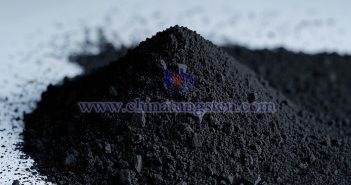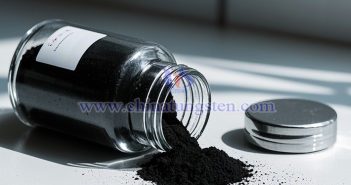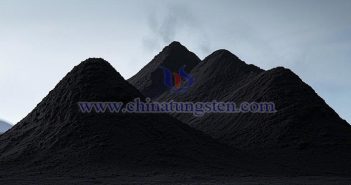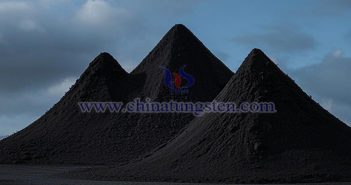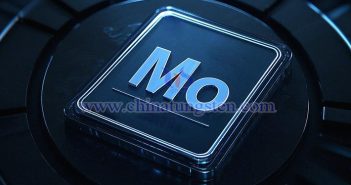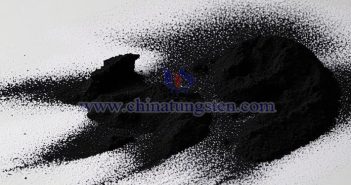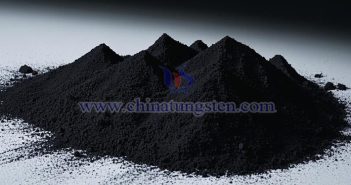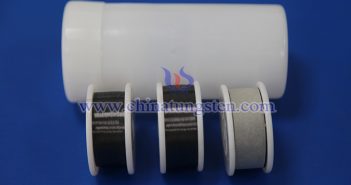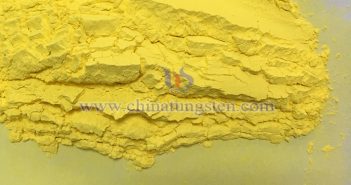
In the quest to explore novel dimming devices, tungsten oxide (WO3-x) thin films have emerged as a rising star, radiating a unique allure. With their exceptional thermochemical stability, semiconductor properties, and remarkable abilities such as photochromism, electrochromism, and acousto-optic effects, they are steadily gaining prominence in the field of materials science. WO3-x thin films are becoming the “darling” of next-generation dimming devices, poised to replace titanium dioxide (TiO2) thin films and lead a new trend in dimming materials. Imagine windows…

